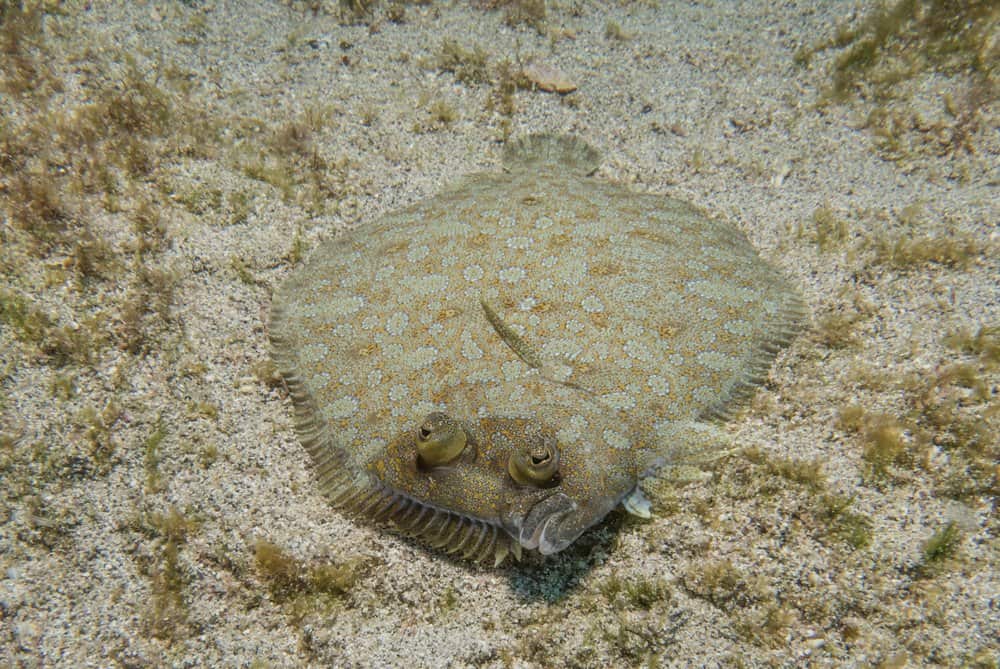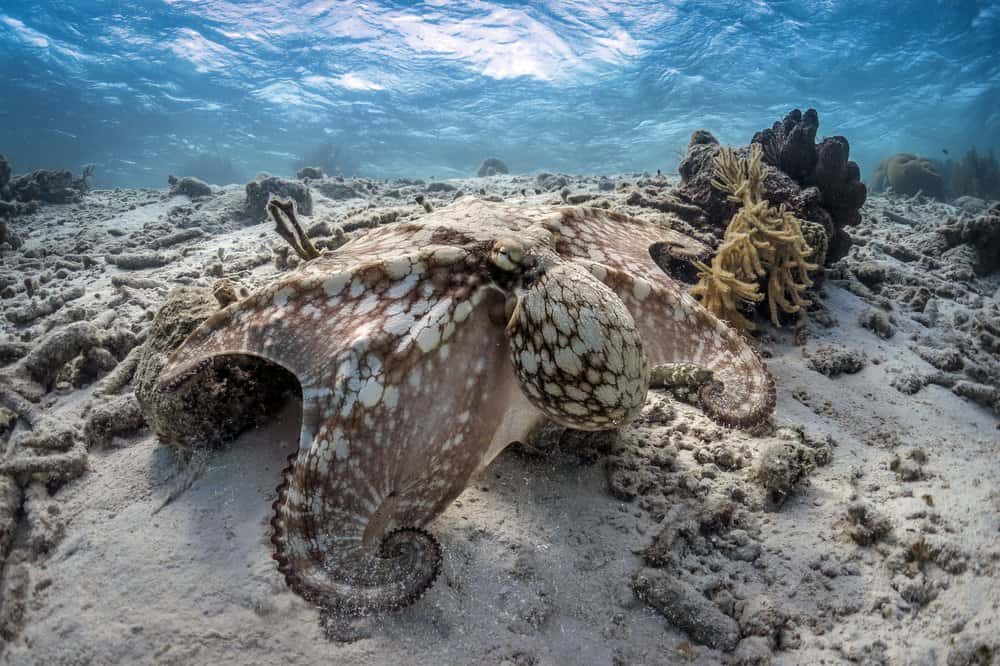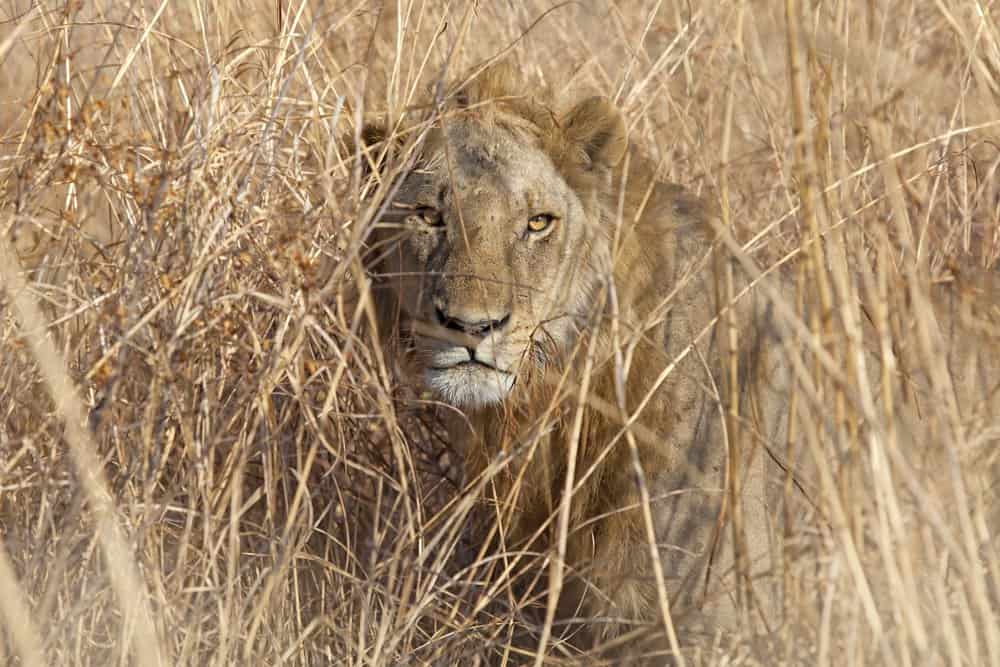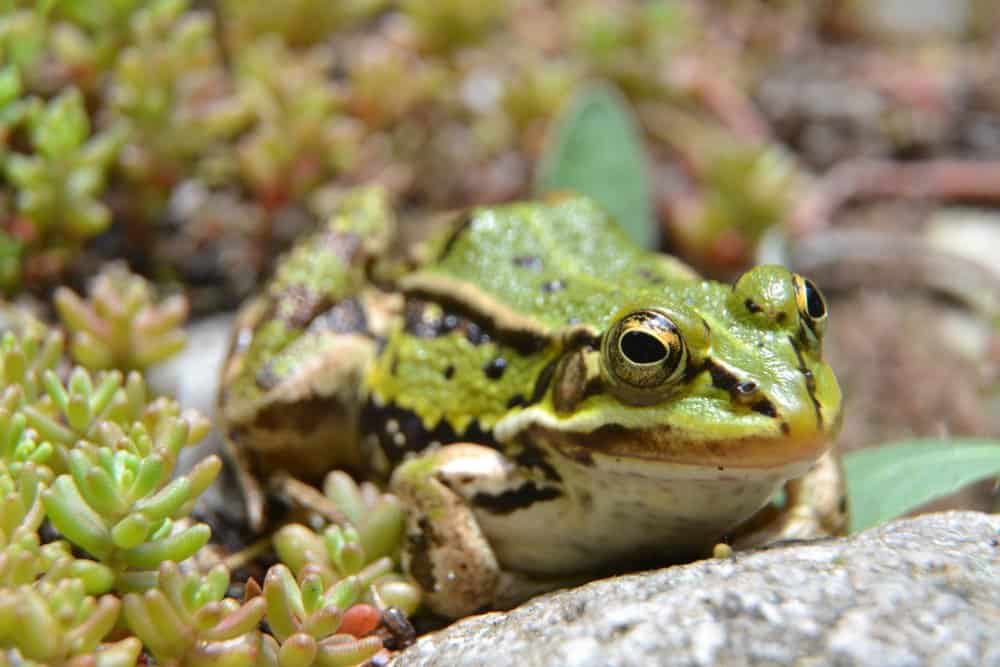The Masters Of Natural Camouflage
The ability to blend into their surrounding environment is vital for the survival of numerous animal species around the world. Camouflage is one of nature’s best defences as it allows animals to go completely unseen in their natural habitats, both helping to protect them from being eaten by predators and allowing them to sneak up on potential prey, without being spotted.
There are a number of ways that animals have used camouflage to adapt to their surrounding environments, with the most common example being that of some Chameleons having the ability to actually change colour. Most species though have evolved to have certain colourations and markings or even a special body shape, that help them to blend into their surroundings and here are some of nature’s finest examples:

JoannaPerchaluk/Shutterstock.com

Becky Gill/Shutterstock.com

NaturePhoto/Shutterstock.com

Jiri Hrebicek/Shutterstock.com

Kjersti Joergensen/Shutterstock.com

PaulSat/Shutterstock.com
More from A-Z Animals
The ability to blend into their surrounding environment is vital for the survival of numerous animal species around the world. Camouflage is one of nature’s best defences as it allows animals to go completely unseen in their natural habitats, both helping to protect them from being eaten by predators and allowing them to sneak up on potential prey, without being spotted.
There are a number of ways that animals have used camouflage to adapt to their surrounding environments, with the most common example being that of some Chameleons having the ability to actually change colour. Most species though have evolved to have certain colourations and markings or even a special body shape, that help them to blend into their surroundings and here are some of nature’s finest examples:

JoannaPerchaluk/Shutterstock.com

Becky Gill/Shutterstock.com

NaturePhoto/Shutterstock.com

Jiri Hrebicek/Shutterstock.com

Kjersti Joergensen/Shutterstock.com

PaulSat/Shutterstock.com






